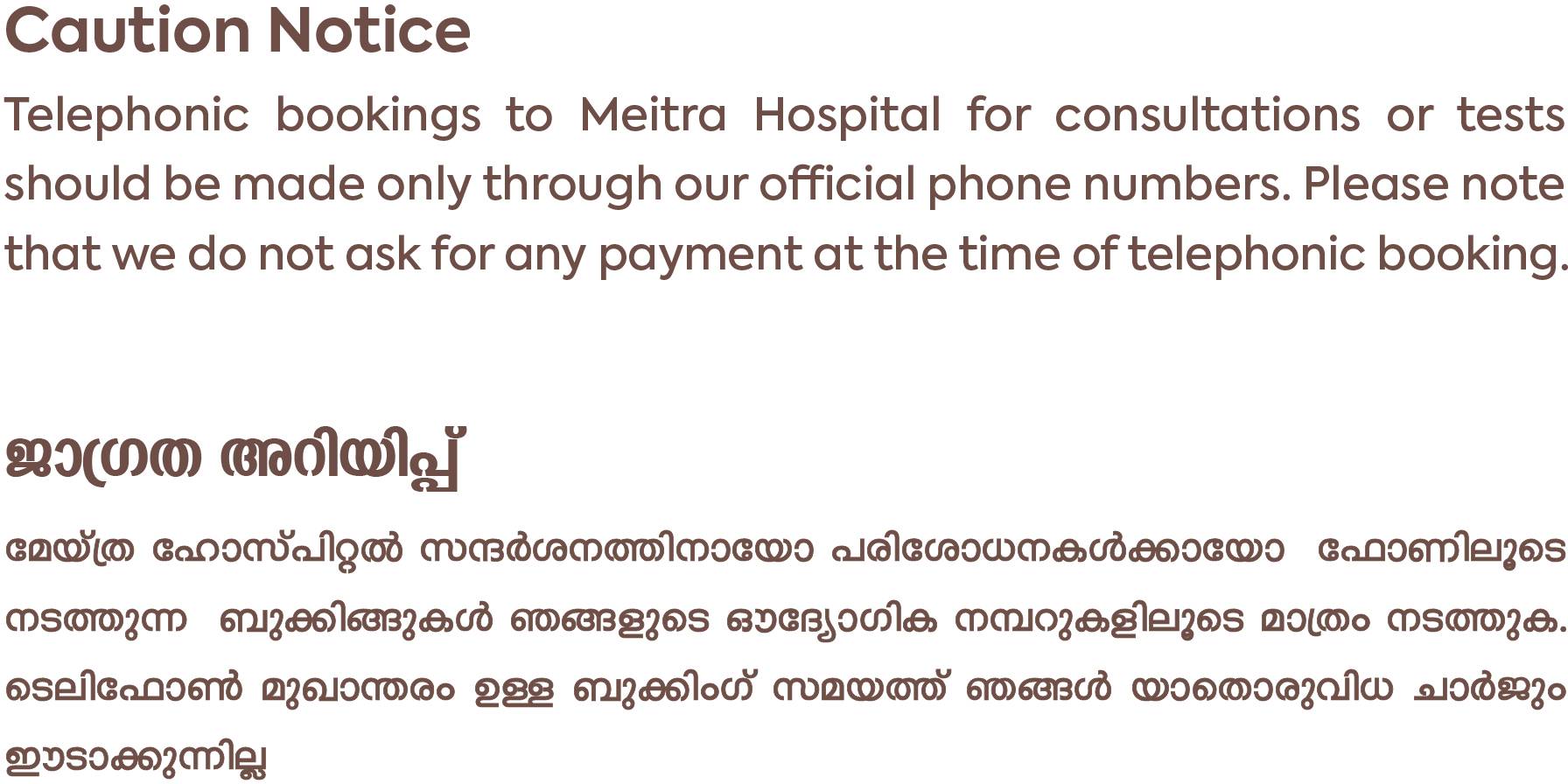- Our Doctors
- Our Specialities
Centres of Excellence
-
 Centre for Blood Diseases, BMT & Cancer Immunotherapy
Centre for Blood Diseases, BMT & Cancer Immunotherapy -
 Centre for Bone, Joint & Spine
Centre for Bone, Joint & Spine -
 Centre for Critical Care Medicine and ECMO Services
Centre for Critical Care Medicine and ECMO Services -
 Centre for Gastrosciences
Centre for Gastrosciences -
 Centre for Heart & Vascular Care
Centre for Heart & Vascular Care -
 Centre for Nephro-Urosciences
Centre for Nephro-Urosciences -
 Centre for Neurosciences
Centre for Neurosciences -
 Centre for Obstetrics and Gynaecology
Centre for Obstetrics and Gynaecology -
 Centre for Organ Transplantation
Centre for Organ Transplantation
Super Speciality
-
 Advanced Diagnostic and Interventional Radiology
Advanced Diagnostic and Interventional Radiology -
 Anesthesiology & Pain Management
Anesthesiology & Pain Management -
 Clinical Nutrition and Dietetics
Clinical Nutrition and Dietetics -
 Dental and Maxillofacial Surgery
Dental and Maxillofacial Surgery -
 Dermatology
Dermatology -
 Emergency and Trauma
Emergency and Trauma -
 Endocrinology and Metabolic Disease
Endocrinology and Metabolic Disease -
 ENT and Head & Neck Surgery
ENT and Head & Neck Surgery -
 Family Medicine
Family Medicine -
 General and Laparoscopic Surgery
General and Laparoscopic Surgery -
 General Medicine
General Medicine -
 Laboratory Medicine
Laboratory Medicine
-
- Key Procedures
- Our Hospitals
- International Patient
- Contact us
-
Quick Links


LVAD
A ventricular assist device or LVAD is an electromechanical device for assisting cardiac circulation, which is used either to replace the function partially or completely in heart failure. LVAD is different from a Pacemaker as a VAD pumps blood whereas a pacemaker sends electrical impulses to the heart.
How and why it is done?
The left ventricular assist device (LVAD) pumps blood into the body. It is a battery-operated, mechanical device that is surgically implanted inside a person's chest, just below the heart. The LVAD doesn't replace the heart; instead, it helps maintain the pumping ability of a heart that is too weak to work on its own. The device supports the main pumping chamber or left ventricle by moving blood to the rest of the body. Patients who receive an LVAD often experience less fatigue, more strength, better breathing, as well as longer survival.
Future Proofing Healthcare: Challenges and Opportunities
Meet Our Doctors
Experienced Medical professionals for a superior patient experience.
Frequently Asked Questions
Can you have a normal life with an LVAD?
After a LVAD, patients can perform most activities that patients without heart failure perform. They can bicycle, hike, and even return to work in some cases. They can shower, have sex, and travel, with minor accommodations. LVAD patients cannot swim, play contact sports, or be away from a source of electrical power.
Is a pacemaker an LVAD?
An LVAD and a pacemaker serve different purposes. While an LVAD helps the heart pump blood effectively, a pacemaker helps correct an irregular or slow heartbeat. It does not help with pumping, instead, a pacemaker generates electrical stimulation that regulates the heartbeat.

 +91 9393 108 108
+91 9393 108 108
















































